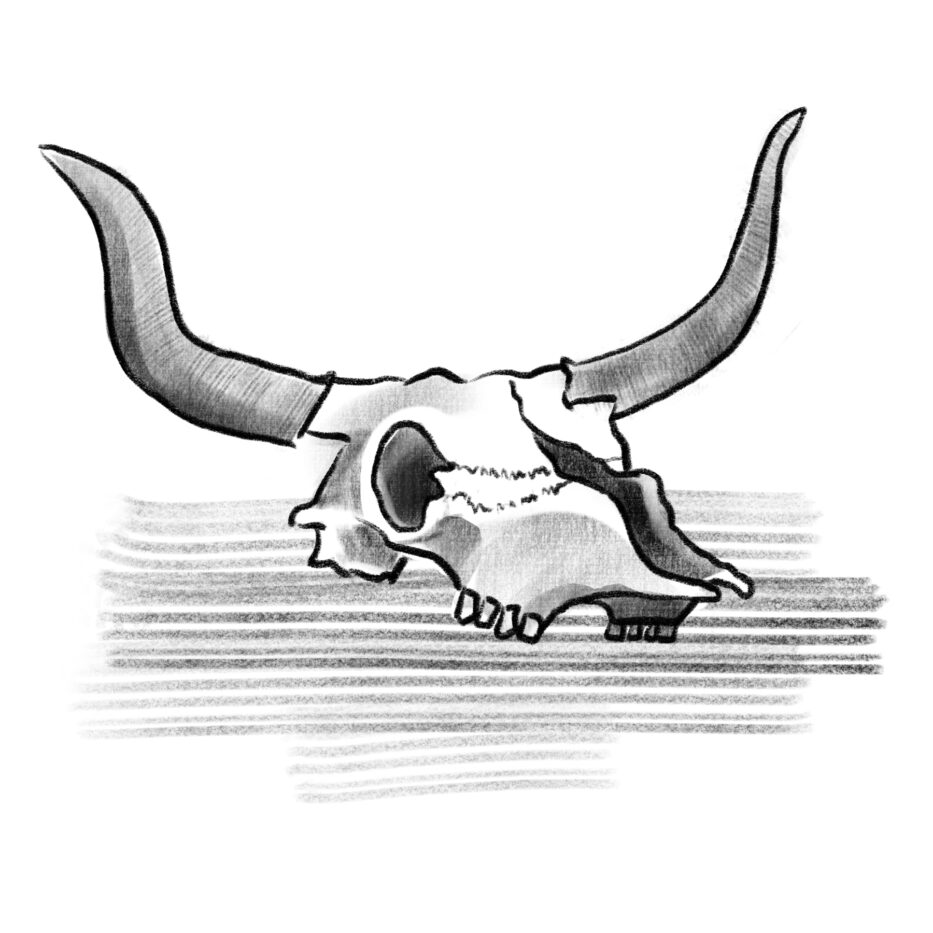
Image by Ivy Sanders Schneider

Image by Ivy Sanders Schneider
In his inauguration speech on September 13, President William Samoei Ruto reaffirmed Kenya’s pledge to transition fully to renewable energy by 2030. The country isn’t far from that goal. Unlike the United States, where only about a fifth of domestic electricity currently comes from solar, geothermal, or wind power, Kenya is already at 92 percent. It hosts the largest solar project in East and Central Africa, as well as the largest wind farm on the entire continent. The Lake Turkana Wind Power Project is a sleek flagship of Kenya Vision 2030, a sweeping development program designed to turn the country into a solidly middle-income nation by 2030. Its 365 white wind turbines, whirring industriously in the northern Kenyan desert, emanate optimism: they stand as monuments to Kenya’s global leadership in the fight against climate change.
Sustainable energy production is crucial, especially when life at 415 ppm can mean that a single weather event displaces tens of millions of people, as happened in Pakistan this summer. But, when the future arrives in Kenya, it often leaves people behind. The devil is in the details, and for Kenya’s renewable energy plans, he lurks in the haunting ways in which “sustainable development” often rhymes with the colonial exploitation that resulted in the underdevelopment of the country in the first place.
The Lake Turkana wind farm was allocated 150,000 acres of communal land in Marsabit County that had, for generations, been home to the Rendille, Samburu, El Molo, and Turkana peoples. Scholars Zoe Cormack and Abdikadir Kurewa write that the construction of the wind farm “benefited from historically weak legislation protecting communal land” that did not recognize at least three of these four groups as “indigenous.” Last year, a court ruled that the process of carving out the land for development had been “irregular, unlawful, and unconstitutional.”
The Lake Turkana project isn’t unusual in this respect. It is one of six green power plants in Kenya, including geothermal and wind projects, with a record of this kind of unlawful resettlement. In all these cases, locals were denied transparency, agency, and due process when communal land was acquired for projects. After the construction of the Olkaria IV geothermal power plant, with funds from the World Bank and the European Investment Bank, some of the Maasai human rights defenders advocating for the affected people (including a nine-year-old girl who fell into one of the plant’s eleven-foot trenches and died) were arrested and brutalized by police.
The leased land on which Lake Turkana wind farm sits is part of the northern swath of arid territory that, under British colonial rule, was treated as a buffer between the Great Rift Valley, where white settlers farmed lucrative crops, and Ethiopia. The factors that drive people with money to the desert “frontier” today — oil, wind, votes — run more to extraction than to development. At a cost of more than $700 million, the Lake Turkana wind farm — funded by a consortium of four private European firms and several national development funds — is the single largest private investment in Kenya’s history. It currently supplies 17 percent of Kenya’s electricity. However, the power it produces is sold to the national power distributor Kenya Power and Lighting Company, while the people who live near the turbines are not even connected to the national grid.
Kenya’s production of electricity from renewable sources is a feat. Other countries — especially the industrialized countries most culpable for climate change, like the U.S. — must learn from its example. But the lesson becomes muddled when the very people who have made room for the development initiatives — who are told to accept compensation, to restrict their pastures as rangeland is drying and shrinking, perhaps even to sacrifice access to their ancestral lands, all for the sake of national development — are not only excluded from tapping into this green energy via the privately captured power grid, but are also forced to live on the front lines of the climate crisis. That is perhaps the most extreme irony of green energy plants: beneath the blue skies that hang above the wind turbines are the dried riverbeds, animal carcasses, and dead wells that have become the reality of those who live in the arid northern region and rely on the natural cycles that climate change is disrupting.
In the media, sweeping, drone’s-eye views of spinning wind turbines have become emblems of a developing country. That future, though, doesn’t seem to include those who live near the turbines.
April Zhu is a freelance journalist based in Nairobi, Kenya and an editor at Guernica.